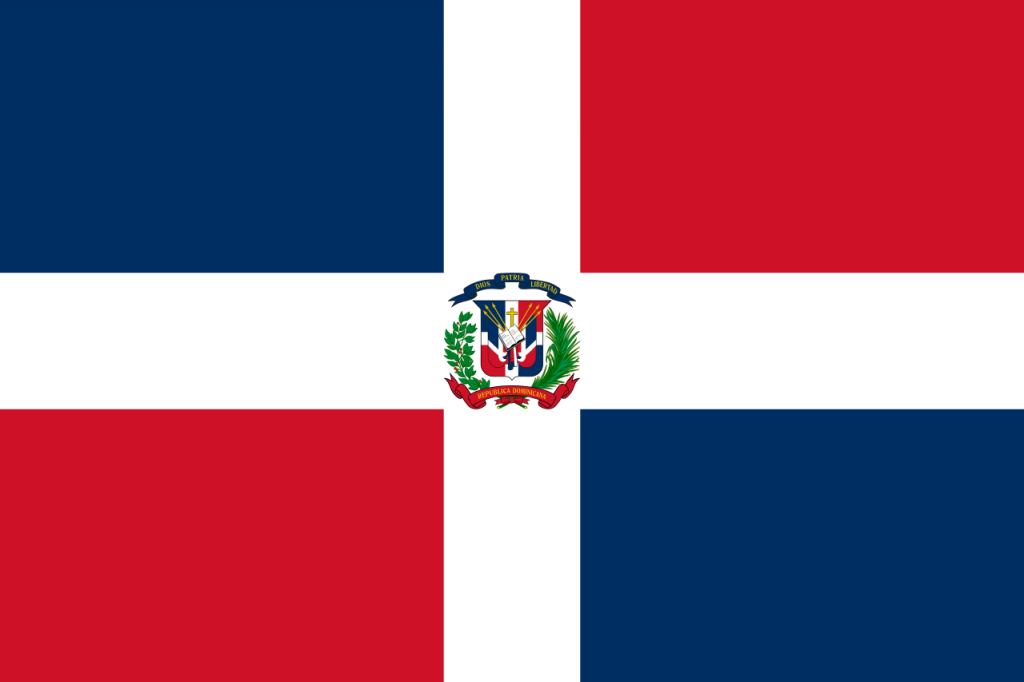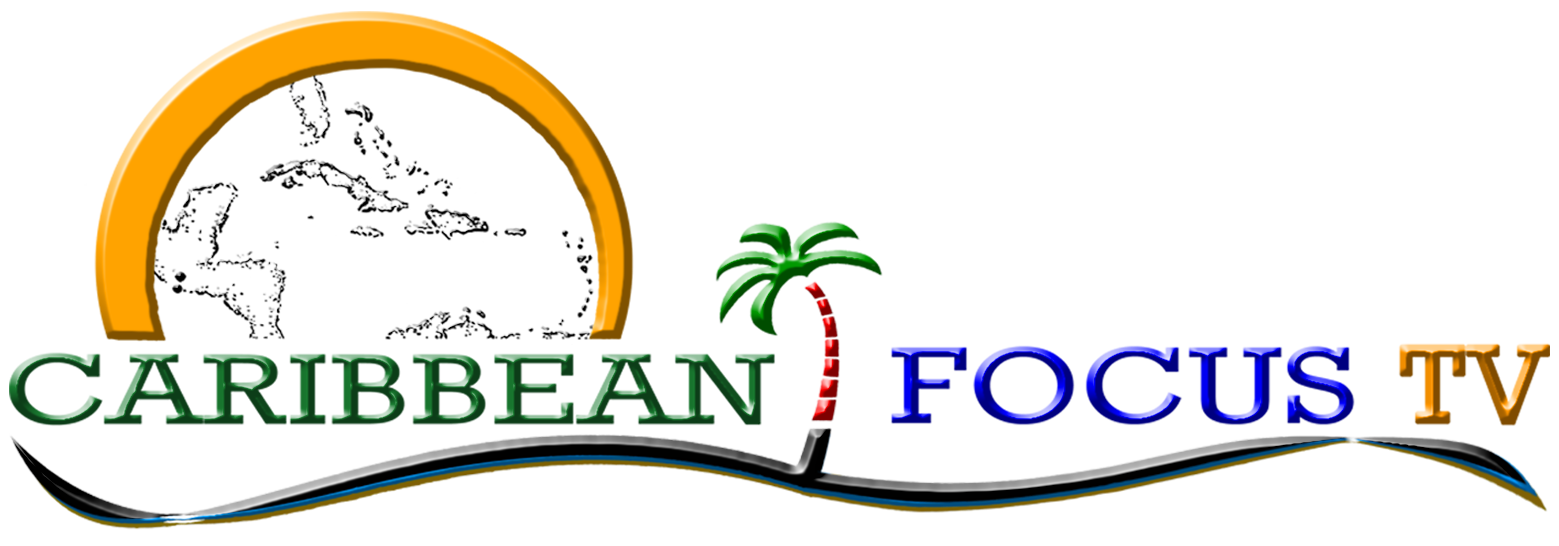Dominican Republic

- Location: The Dominican Republic is located on the island of Hispaniola in the Caribbean Sea. It shares the island with the nation of Haiti to the west.
- Size and Population: The Dominican Republic covers an area of approximately 48,670 square kilometers (18,792 square miles) and has a population of over 10 million people, making it the second-most populous country in the Caribbean.
- Capital: Santo Domingo is the capital and largest city of the Dominican Republic. It is also the oldest continuously inhabited European settlement in the Americas, founded by Christopher Columbus in 1496.
- Geography: The Dominican Republic is known for its diverse geography, including mountain ranges, valleys, and coastal plains. The country is home to Pico Duarte, the highest peak in the Caribbean, as well as Lake Enriquillo, the largest lake and lowest point in the Caribbean.
- History: The Dominican Republic was inhabited by the indigenous Taíno people before being colonized by Spain in the late 15th century. It was the site of the first permanent European settlement in the Americas. The country gained independence from Spain in 1821 and has since experienced periods of political instability and dictatorship.
- Government: The Dominican Republic is a representative democracy with a presidential system. The president is both the head of state and the head of government. The country is divided into 31 provinces and one National District, which includes the capital Santo Domingo.
- Economy: The Dominican Republic has the largest economy in the Caribbean and Central American region. It is a mixed economy with sectors including tourism, agriculture, manufacturing, and services. The country is known for its export of agricultural products such as sugar, coffee, and tobacco, as well as its tourism industry.
- Culture: Dominican culture is a blend of indigenous Taíno, African, and European (primarily Spanish) influences. Music, dance, and festivals such as Merengue Festival are important aspects of Dominican culture. Merengue and bachata are popular music genres that originated in the Dominican Republic.
- Language: Spanish is the official language of the Dominican Republic and is spoken by the vast majority of the population. Haitian Creole is also spoken by a significant portion of the population, particularly in areas near the border with Haiti.
- Tourism: The Dominican Republic is a popular tourist destination, known for its beautiful beaches, resorts, and historic sites. Popular tourist destinations include Punta Cana, Puerto Plata, and Santo Domingo.
- These facts provide an overview of the Dominican Republic’s geography, history, government, economy, culture, and tourism industry.
